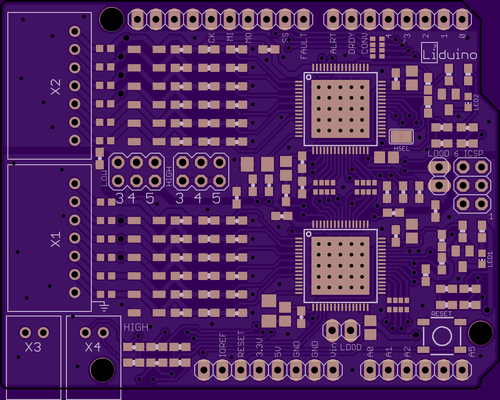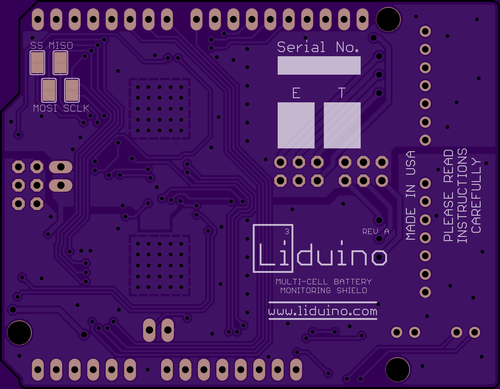mwkeefer
1 MW
Hello All,
While the idea of LTC based Arduino UNO BMS Shield is fantastic, I am a bit concerned it will detract from other TI specific discussion on this topic and that in truth it really deserves it's own topic so I went ahead and created one: http://endless-sphere.com/forums/viewtopic.php?f=14&t=50639 - please feel free to post anything with regards to the LTC 6804 and variations + LTC Alternatives you may with.
Thank you,
mwkeefer
While the idea of LTC based Arduino UNO BMS Shield is fantastic, I am a bit concerned it will detract from other TI specific discussion on this topic and that in truth it really deserves it's own topic so I went ahead and created one: http://endless-sphere.com/forums/viewtopic.php?f=14&t=50639 - please feel free to post anything with regards to the LTC 6804 and variations + LTC Alternatives you may with.
Thank you,
mwkeefer




